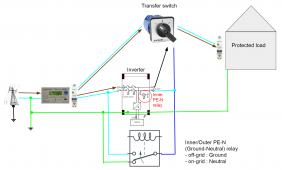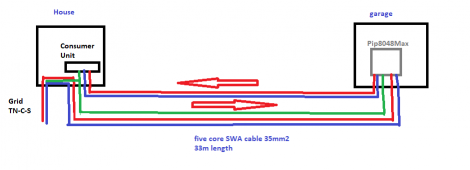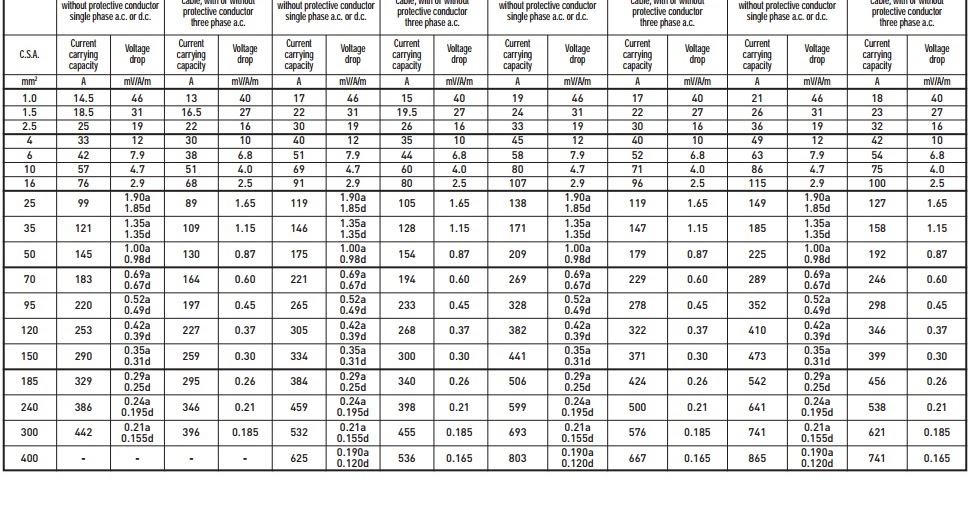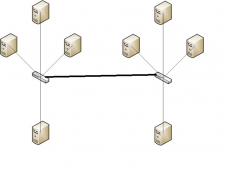bruce_loco
New Member
- Joined
- Mar 30, 2022
- Messages
- 57
So i got the breakers, isolator, and overcurrent protection for the DC side of things, reading the manual on the Pip8048Max it states:
"WARNING Because this inverter is non isolated, only three types of PV modules are acceptable:
single crystalline, poly crystalline with class A rated and CIGS modules. To avoid any malfunction, do
not connect any PV modules with possible current leakage to the inverter. For example, grounded PV
modules will cause current leakage to the inverter. When using CIGS modules, please be sure NO
grounding."
I have monocrystalline modules and the only ground in the system will be on the overcurrent protection.
The other aspect is the grounding per se.
I have TN-C-S(UK) which is mean the earth and neutral are combined at the supply side and split to the house system
The manual states:
"GROUNDING INSTRUCTIONS This inverter/ charger should be connected to a permanent grounded
wiring system. Be sure to comply with local requirements and regulation to install this inverter."
This means that if there is current leakage from the inverter, it would go back to the DNO's(supplier). Does it mean that it would be no longer classified as an offgrid system?
"WARNING Because this inverter is non isolated, only three types of PV modules are acceptable:
single crystalline, poly crystalline with class A rated and CIGS modules. To avoid any malfunction, do
not connect any PV modules with possible current leakage to the inverter. For example, grounded PV
modules will cause current leakage to the inverter. When using CIGS modules, please be sure NO
grounding."
I have monocrystalline modules and the only ground in the system will be on the overcurrent protection.
The other aspect is the grounding per se.
I have TN-C-S(UK) which is mean the earth and neutral are combined at the supply side and split to the house system
The manual states:
"GROUNDING INSTRUCTIONS This inverter/ charger should be connected to a permanent grounded
wiring system. Be sure to comply with local requirements and regulation to install this inverter."
This means that if there is current leakage from the inverter, it would go back to the DNO's(supplier). Does it mean that it would be no longer classified as an offgrid system?








